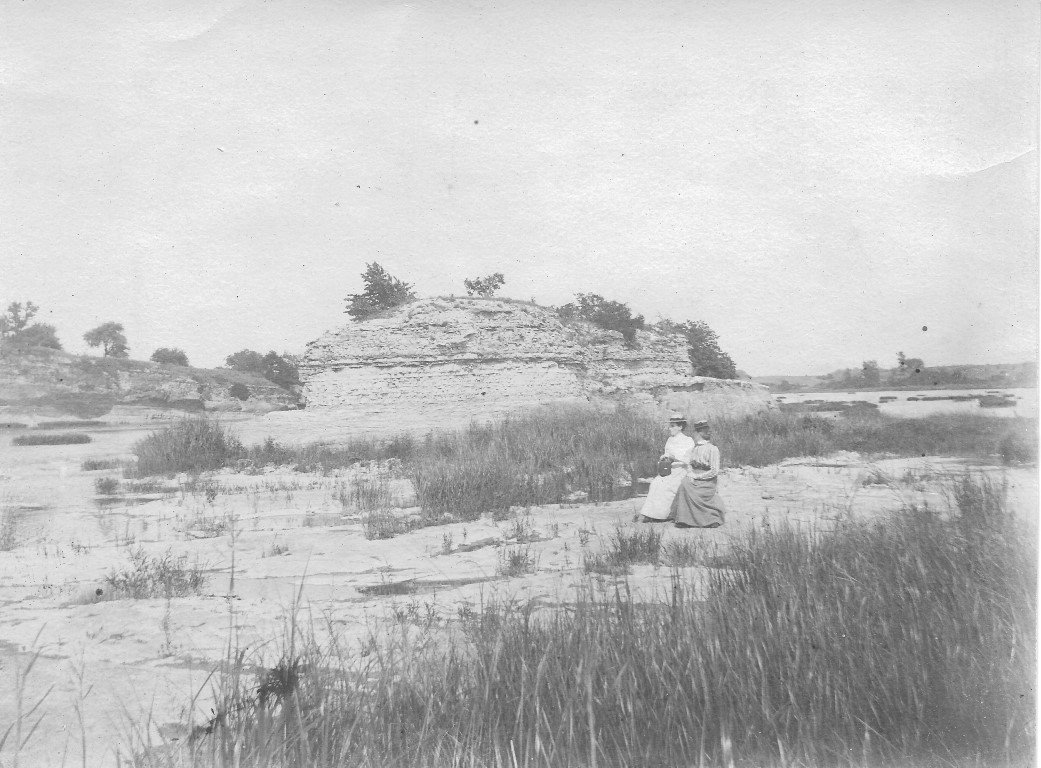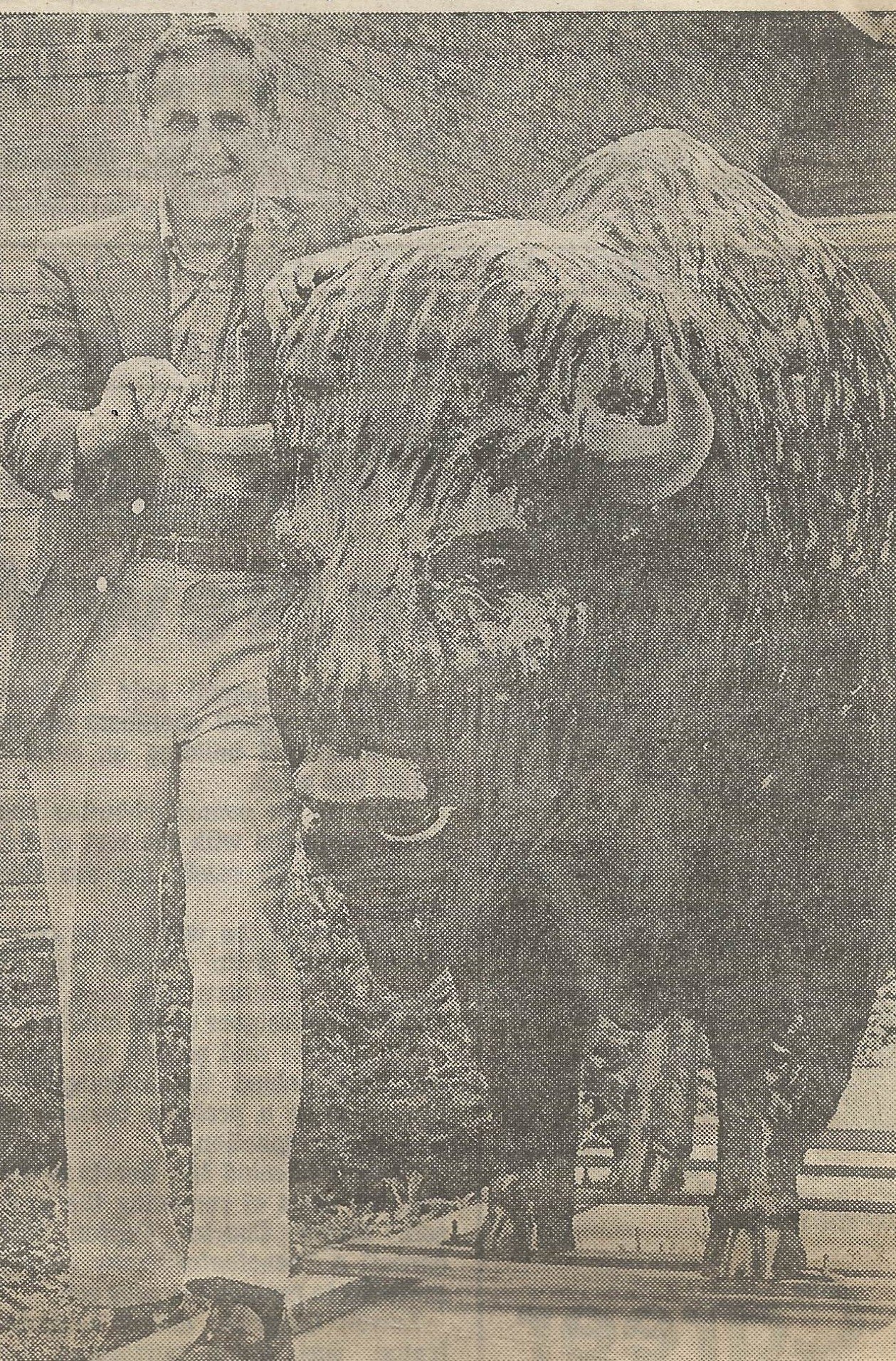WHY ARE WE CELEBRATING A ROCK?
If you have been following our series on Waterville festivals, you know we are about to celebrate the 50th Roche de Boeuf festival, which to all Waterville folks means the “Rock of Beef” or Buffalo Rock”. The “rock” is an outcrop of erosion resistant limestone that has been in the river since the last glacier melted but is now unique to Waterville and forever a part of our history. If you have seen a photograph of the “rock” before the interurban bridge was built (1907-1908) this big hulking island of limestone can be imagined to look like a buffalo standing in the river. Note: Photos and paintings of the rock can be viewed on our website: www.watervillehistory.org and then click the tab online photos and there will be a link to click on.
Since the European name for this landmark came from the French explorers, we are stuck with a French name which we try to interpret. I have included a previous website article called “The Big Rock” to explain the various interpretations of the name, much of which was borrowed from Midge Campbell’s book “Watervillore”.
“Waterville’s Roche de Boeuf, has many spellings and pronunciations. Some say “Roche de Bout,” many say “Roche de Boeuf” and many of the old timers in the area call it “Rush de Boo.” The rock was named by French fur traders and the English pronunciation and interpretation is the source of all the confusion. The rock is the limestone rock in the Maumee River near the old Interurban Bridge. When they built the bridge in 1908 they destroyed at least 1/3 of the Rock. American Indians used it as a place to meet and hold council and met there before the Battle of Fallen Timbers in 1794. Anthony Wayne camped two nights before the battle near here at Fort Deposit which was on the high bank opposite the rock. At one time an early French village and a cemetery were located at Roche de Boeuf where the stone quarry is today. The earliest recorded birth in what is now Waterville, that of James Knaggs, took place in that little village about 1780. Later Jane (Dilts) Richardson was deeded land on River Tract #39 known as the Roch de Boote farm. She was the widow of Isaac Richardson whose tavern was located on her father’s land. The Roche de Boote/Roche de Bout/Roche de Boeuf Farm was later owned by Elijah Dodd and long referred to as the Dodd Farm. Watervillians seem to prefer Roche de Boeuf and interpret that as Rock of Beef or Buffalo Rock thinking those early French thought it looked like a big buffalo in the river. Historians seem to prefer Roche de Bout, interpreted as Rocky Point.” Check out the historical marker at the trailhead of Farnsworth Park overlooking the “big rock” which was commissioned by W.H.S. and placed there by the Ohio Historical Society.
So it is that we celebrate with many references to the buffalo, as can be seen on the publicity posters. For years buffalo burgers have been sold during the festival. Prior to the 1984 annual Roche de Boeuf Festival Ferd Seipel, a Waterville businessman, found and purchased a 200 lb. plastic replica of a buffalo which was used in many festival parades besides our own to publicize the Roche de Boeuf Festival in 1984 and forward. Today the buffalo resides outside Seipel’s Peddler’s Alley development. We even have our local craft brewery called the Buffalo Rock Brewery. So come to the festival and celebrate the buffalo. Pet the plastic buffalo as you go by, have a buffalo burger and enjoy yourselves at Waterville’s unique Roche de Boeuf Festival.





